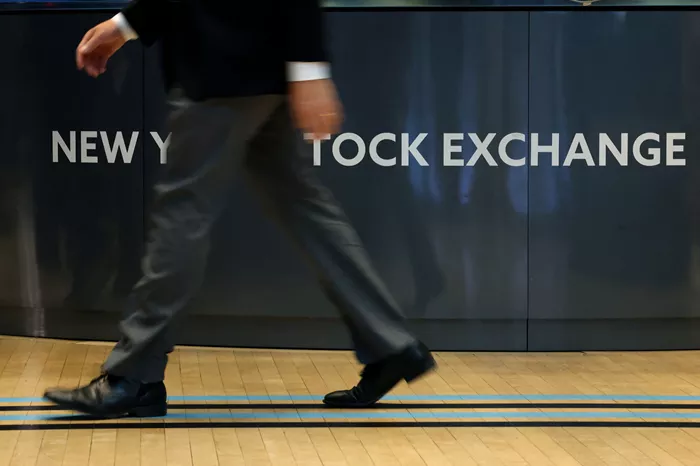Investor confidence made a strong comeback on Monday. Markets rebounded sharply as fears over conflict between Israel and Iran began to ease. This shift in sentiment pushed geopolitical worries to the side, at least temporarily, and put the focus back on upcoming central bank meetings.
In today’s column, we’ll also look at how the U.S. dollar is losing some of its appeal as a “safe-haven” during global crises—a key trend in what many are calling the age of “de-dollarization.” But first, here’s a breakdown of the day’s main market movements.
Key Market Highlights
Oil prices fell by as much as 4% during the day but settled down 1.35% at $73.23 per barrel. That’s a drop from Friday’s 7% spike, suggesting investors still see some risk in energy markets.
Wall Street bounced back: The S&P 500 rose above 6000, and the Nasdaq gained 1.4%.
Nvidia shares climbed 2%, reaching their highest level since January 24. The stock is now nearly 70% above its post-‘Liberation Day’ low.
U.S. Treasury yields moved higher, especially on longer-term bonds, despite a solid 20-year auction. The yield curve steepened as longer-term yields rose by 5 basis points.
Gold prices dropped more than 1% to $3,386 per ounce, erasing Friday’s gains.
The U.S. dollar gained 0.5% against the Japanese yen, ahead of Tuesday’s Bank of Japan rate decision.
Hope for Peace Boosts Risk Appetite
Markets opened the week on a hopeful note, with signs pointing to a potential de-escalation between Israel and Iran. While an official truce is far from confirmed, even the possibility helped drive stocks and investor sentiment higher. Still, the situation remains highly unstable.
Iran has called on former U.S. President Donald Trump to pressure Israel into halting its military strikes. But both Iran and Israel continue to exchange missile fire. Meanwhile, a U.S. official said Trump will not support a G7 leaders’ statement urging calm.
Despite the uncertainty, equity markets appear more confident than other asset classes. Gold, often a safe haven in troubled times, briefly touched $3,451 an ounce—its highest since April 17—but later pulled back. Oil, which surged over 7% on Friday, fell 1.7% on Monday, showing signs of volatility.
Equity Markets Show Strength Amid Ongoing Risks
Some analysts suggest equity investors may be reading the situation correctly. In recent years, global stock markets have handled geopolitical shocks fairly well. Past selloffs caused by Middle East tensions have usually been shallow and short-lived.
Unless oil prices skyrocket again, markets may continue to weather the storm. However, a sharp spike in energy prices could lead to higher inflation, forcing central banks to act.
For example, Oxford Economics warns that if the Strait of Hormuz were closed, oil prices could soar to $130 per barrel, pushing U.S. inflation to nearly 6%. So far, oil prices remain far from that danger zone.
A Year of Market Resilience
Deutsche Bank’s Henry Allen points out that 2025 may go down as the year of market resilience. Stock markets have remained strong despite several major shocks, including:
- DeepSeek AI raising doubts about U.S. tech valuations
- A dramatic rise in German bond yields
- The U.S. losing its triple-A credit rating
- Trump’s tariffs and a major two-day selloff in the S&P 500
- Despite all that, global stocks are still hovering around all-time highs.
Central Banks Take the Spotlight
With geopolitical tensions temporarily eased, investors are turning their attention to central banks. This week is filled with key policy decisions.
The Bank of Japan will announce its rate decision on Tuesday. Economists expect it will not raise interest rates again, given current economic conditions.
Other central banks around the world are also expected to issue guidance or make decisions that could affect interest rates, inflation, and overall market direction.
Conclusion
The global market’s strong start to the week shows how powerful even a hint of peace can be. While the Israel-Iran conflict remains unresolved, hopes for a truce have helped shift focus to economic policy. The week ahead will test whether investor optimism can hold in the face of uncertainty—and whether central banks are ready to respond if it doesn’t.
Related topics:


